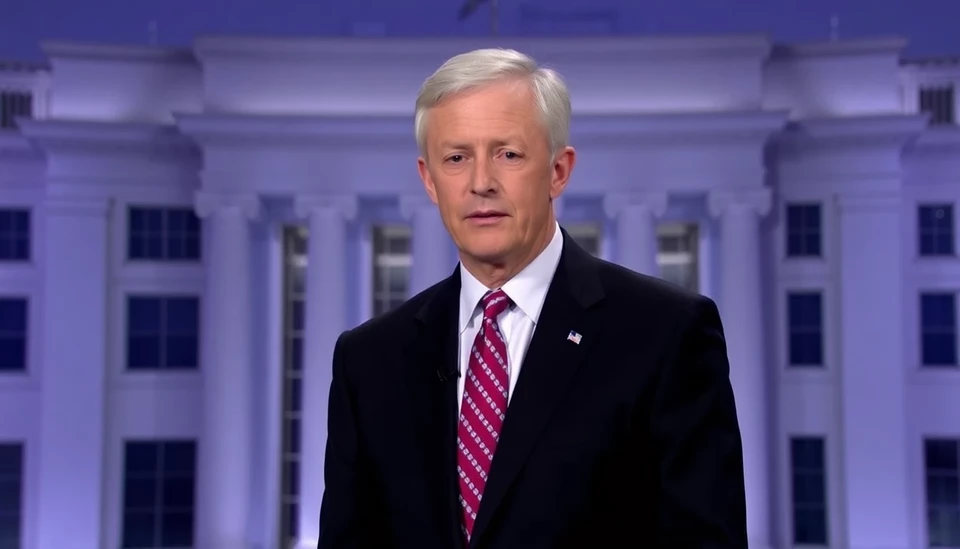
The latest Beige Book report from the Federal Reserve reveals a landscape of stagnation and apprehension across U.S. economic sectors, with trade worries emerging as a predominant theme. Compiled from regional Fed branches and provided insight into the economic conditions from late March to early April 2025, the document showcased little change in overall activity, even as heightened trade tensions between the U.S. and its global partners loom large.
According to the report, businesses have been navigating a complex web of uncertainties in their operations, largely fueled by fluctuating tariffs and ongoing supply chain complications. Consequently, this environment has created an atmosphere of caution among manufacturers and retailers alike. Many firms expressed concerns regarding future growth, citing the potential impacts of sustained trade negotiations as key factors weighing on their decisions.
Manufacturers in particular reported a mixed outlook, with production holding steady in some sectors, while others faced declining orders. The fluctuations are deeply tied to global demand patterns influenced by trade policies. Several companies underscored the increasing difficulty in securing raw materials, indicating that supply chain disruptions are not abating, thereby contributing to a growing level of apprehension regarding inconsistent production levels.
On the retail front, consumer spending showed resilience, yet there were signs that inflationary pressures and uncertain economic conditions were shaping buying patterns. Businesses indicated that while consumers are still willing to spend, they are becoming more selective about their purchases, resulting in an overall tempered growth in retail sales. Some retailers voiced concerns about their inventory levels, noting that persistent supply chain issues are affecting their ability to meet demand effectively.
Moreover, the labor market demonstrates some signs of tightening, as businesses are confronted with challenges related to hiring and retention. The ongoing trend of rising wages appears to be both a necessity to attract workers and a factor driving some businesses to reconsider their pricing strategies. Consequently, higher labor costs are prompting various employers to pass on expenses to consumers, which could further influence inflation dynamics.
With regards to housing markets, the report indicated a stabilizing trend in demand, albeit moderated by persistently high interest rates. Homebuilders expressed a modicum of optimism, yet cited concerns over rising materials costs and regulatory burdens. The uncertainty surrounding trade issues extends to the construction sector, as suppliers’ difficulties with getting necessary inputs could hamper project timelines and overall growth.
Overall, the Beige Book illustrates a patchy economic performance characterized by both resilience and vulnerabilities, highlighting that trade uncertainties remain at the forefront of corporate minds. The Federal Reserve faces a delicate balancing act, as ongoing tensions and inflationary pressure pose challenges to achieving stable economic growth while maintaining monetary policy efficacy.
As the Fed prepares for future decision-making, the insights gleaned from this Beige Book will be critical in shaping its strategy as officials assess the complex landscape that encompasses the U.S. economy amid mounting trade uncertainties.
In summary, the Beige Book serves not only as a snapshot of current economic activities but also as a salient reminder of the significant influence that external trade relations exert on domestic markets and growth trajectories.
#FederalReserve #BeigeBook #TradeTensions #Economy #Manufacturing #RetailTrends #LaborMarket #SupplyChainIssues
Author: Daniel Foster




